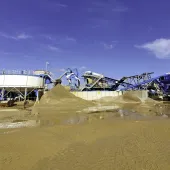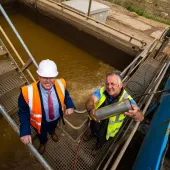Consideration of Water Aspects During Due Diligence
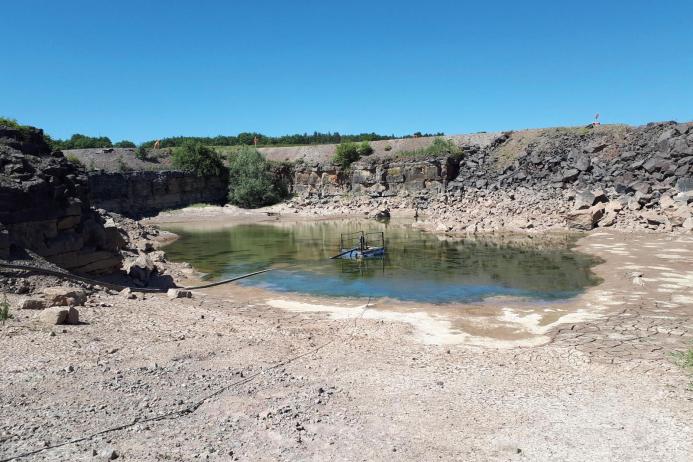
First published in the April 2023 issue of Quarry Management
By Deborah Thomas FIQ, Chris Woodhouse FIQ and James Dodds FIQ, Envireau Water
From 2018 to mid-2020 the quarrying industry went through the pain of applying for and obtaining what have been colloquially called ‘dewatering licences’. This was a major exercise, which by and large is now complete. The licences that have been issued represent the situation described in applications based on information and evidence at the end of 2017. That is more than five years ago. How many quarries do you know that have stood still for five years?
Since January 2018 any quarry starting to dewater has needed to apply for a ‘dewatering licence’* and that is a long and tortuous process, which Envireau Water have described before. Over the last five years the industry and its consultants have gained experience of the process, its costs and frustrations, but in our experience the lessons learned are not being considered early enough in the project life cycle.
* This term is a misnomer. Abstraction licences come in three forms in England and Wales – Full, Transfer and Temporary. All three could be used in a quarry setting. Permits are also required in Scotland, but the regulatory system is different.
Whether the project starts with an acquisition, a greenfield site or the extension of an existing quarry, the length of time and evidence base needed to successfully apply for and obtain a dewatering licence needs to be carefully considered. Prior to 2018, when dewatering did not need an abstraction licence, water-related challenges were largely dealt with via the planning application process and/or dealt with ‘on the hoof’ while operating the quarry. Subsequent to 2018 a different and possibly more-savvy regulator has a second bite of the cherry and licences must be in place before operations start. We have learned that the licensing regulators require a high evidence bar and that they are taking far longer to determine applications than they should. Application processing times of more than a year are becoming common. This situation combines to make the application process expensive and uncertain.
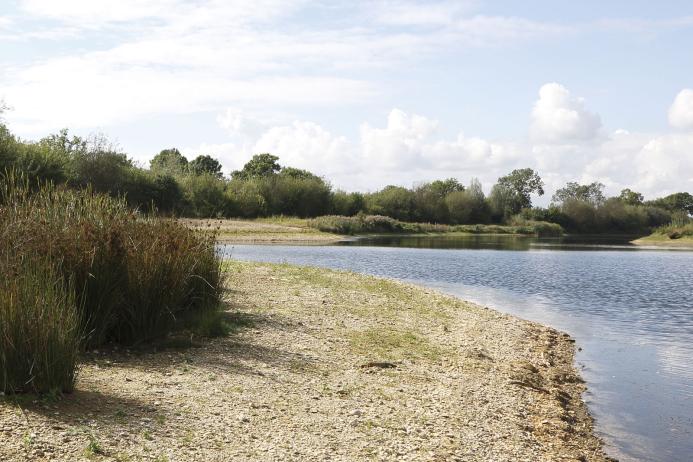
To mitigate these challenges within the context of any project, it is critical that company decision makers, at whatever level, have the best information possible, as early as possible. That means taking a view on water-related aspects connected to the project soon after a project first starts being developed internally.
Because of the special regulations that introduced the 2017 licences, it is wrong to use that process as an analogy for the process today. The standard licensing process, which applications follow now, is far more rigorous, detailed, time consuming and expensive.
Water-related challenges associated with quarrying fall into three broad groups: flood risk and drainage; dewatering, supply and discharge; and impacts. Early in a project all these aspects can be considered at a simple desk study level, based on readily available published information, experience and analogy with operating units. Intelligent evaluations and gap analysis allow the scale of scientific evidence to be collected to be considered, costs and timescales to be collated, and for these to be fed into the decision-making process. Even more critically, early gap analysis allows ‘free’ information to be obtained from already budgeted site investigation and exploration activities, which can provide greater confidence in the nature of the challenges and the solutions or mitigation that may be required.
Ultimately, it is the operational teams that must live with a licence that has been issued, and compliance with its conditions to avoid internal and regulator enforcement issues. However, it is rarely operational teams that apply for the licences themselves.
Incorporation of water-related aspects within project or acquisition due diligence was historically not a big issue because financial consequences were low risk. That has changed with the new regulatory framework. The consequences of not spotting water-related challenges early can result in expensive delays and, potentially, regulatory fatal flaws.
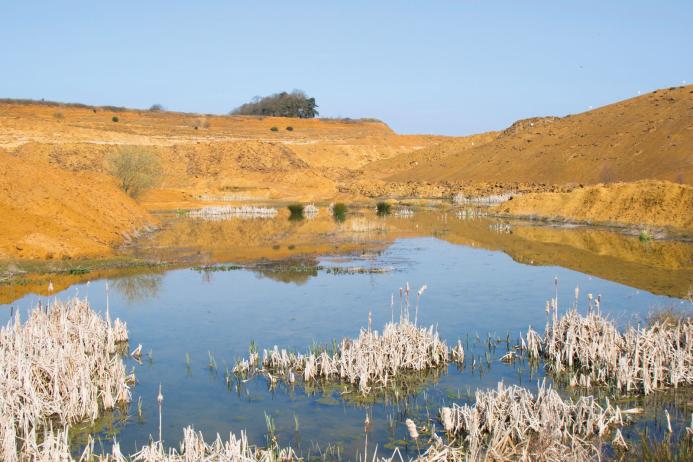
Over the last few years, Envireau Water have come across the following examples across the UK, where challenges have only been identified late in the project development process and have caused disproportionate impacts on the project. In all the cases, the overriding issue was essentially ‘but we’ve never had to do that before’:
An existing and long-established fishing lake was only considered during data gathering for a dewatering licence, which led to significant project delays.
Restoration lake levels not considered appropriately leading to expensive works required post closure during the aftercare period.
Acquisition of sites with no discharge permit or abstraction licence (although both were required) with the potential for site closure until sorted.
Extension project progressed without consideration of implications of flooding and silt management, which turned out to be a fatal flaw.
Improper consideration of final restoration water level at a permitted quarry could have resulted in classification as a Large Raised Reservoir with very significant in-perpetuity management costs.
In each of these examples, early and more water-specific due diligence would have significantly reduced costs and, more specifically, timescales of commencing mineral extraction.
It is critical that water-related challenges are identified early in the project lifecycle and that the implications are considered not only by the team doing the due diligence, but by those responsible for planning and permitting and, most importantly, by the teams going to be responsible for the operation of the unit.
Top Tips to Minimize Cost and Delay
Desktop review to allow early identification of potential issues, eg flooding, water availability, dewatering receptors etc.
Early fatal-flaw analysis considering water aspects of operation to restoration.
Save time and money by reviewing sites/projects as a ‘batch process’, rather than singly.
Undertake an information gap analysis to allow time and cost estimates to be developed.
Present desk study appropriately for decision makers in a Water Pre-feasilibility slide stack report.
Integrate data collection with early site investigation, surveying and exploration drilling — data at this stage is largely free.
Build in ‘Stop and Think’ points in the early project stages to ensure water-related costs and timing are reviewed through the financial feasibility/due diligence process.
Develop relationship with key social, political and regulatory stakeholders as early as possible.
Subscribe to Quarry Management, the monthly journal for the mineral products industry, to read articles before they appear on Agg-Net.com






